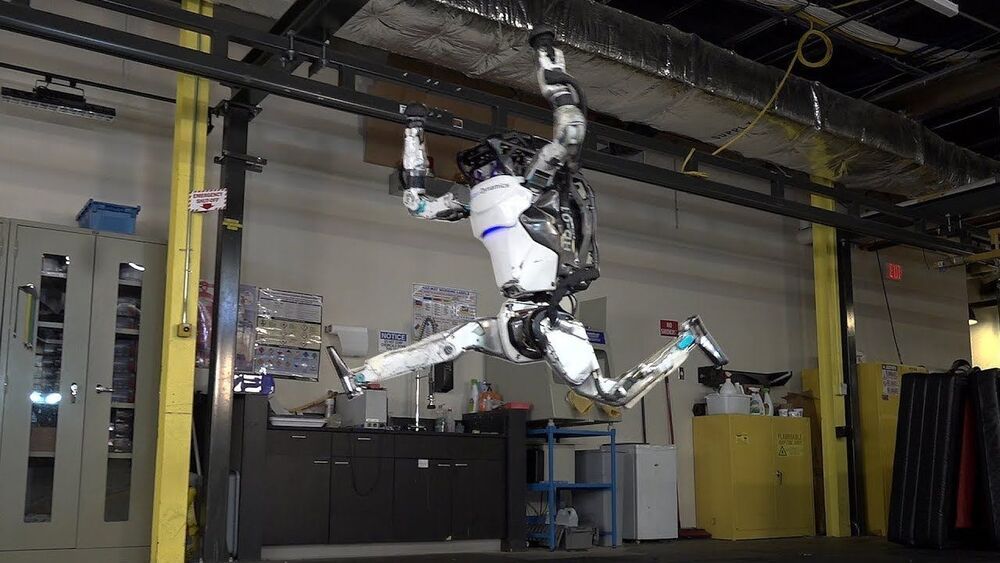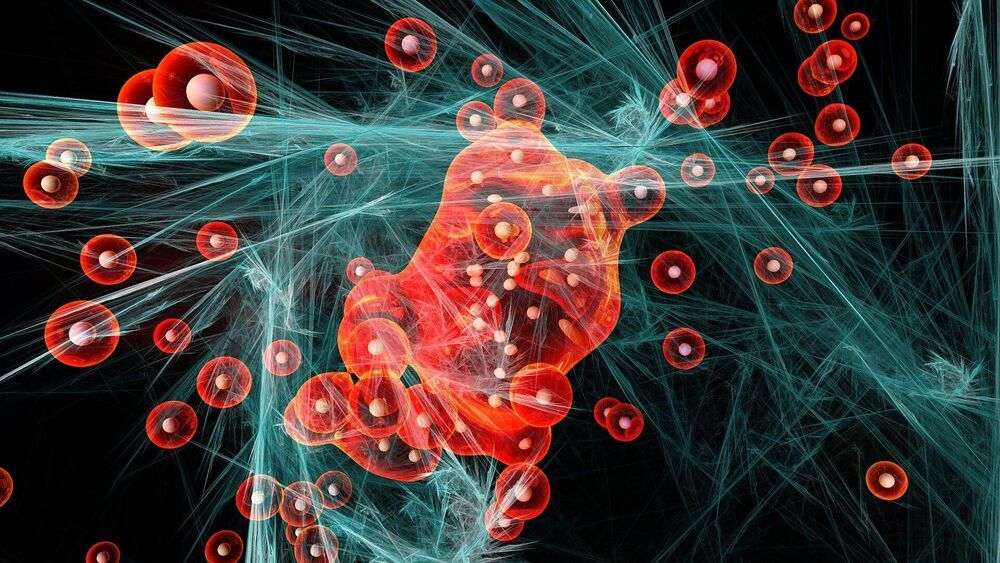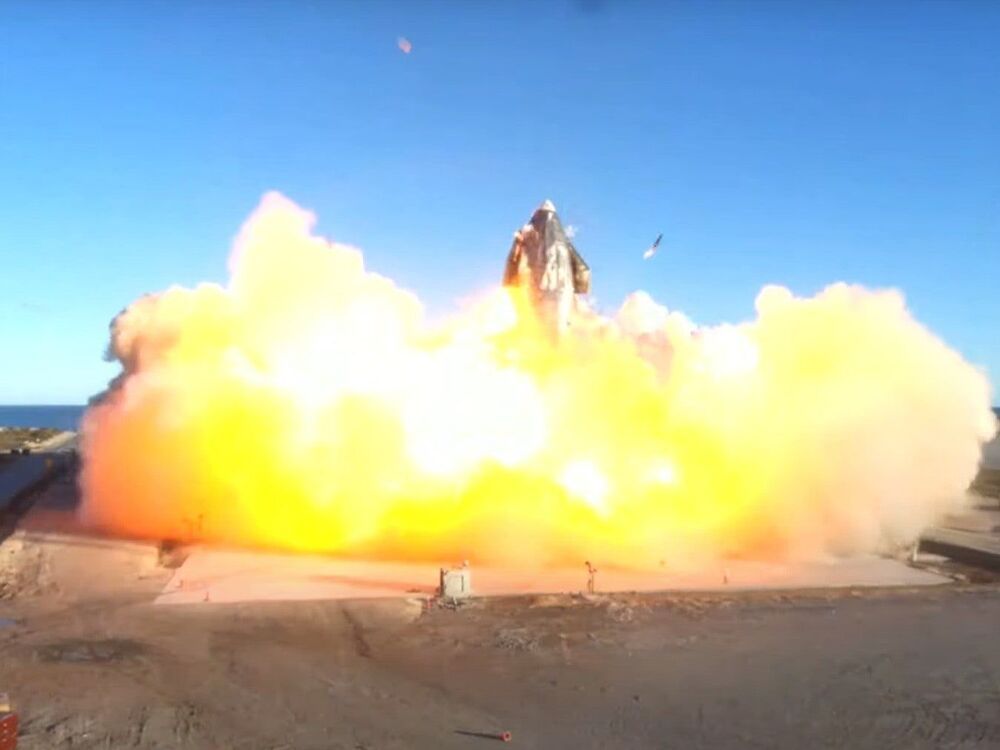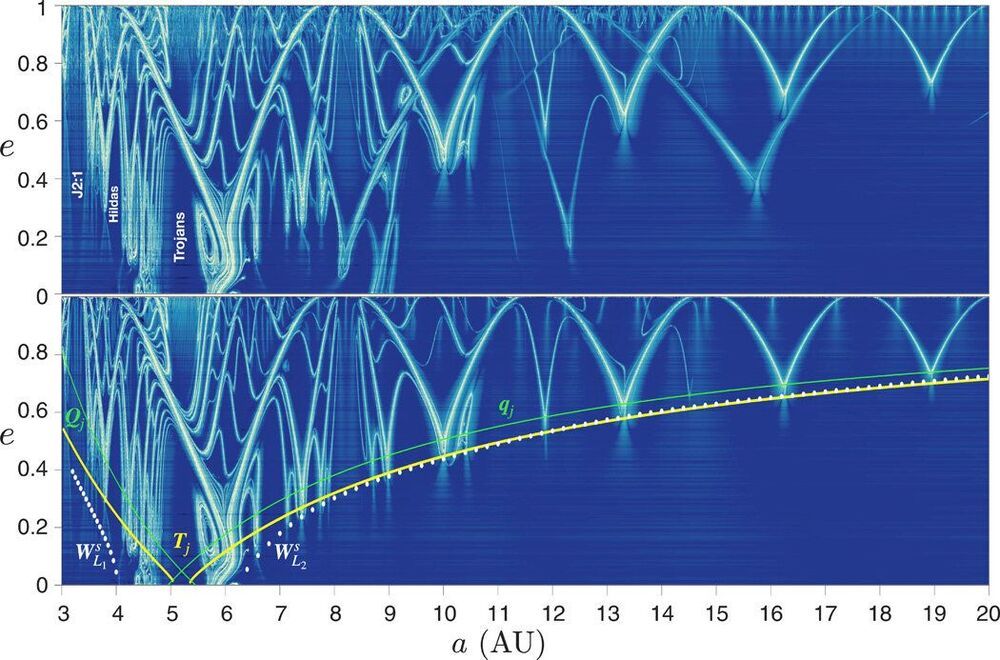Dec 9, 2020
Hyundai to acquire Boston Dynamics for nearly $1B
Posted by Quinn Sena in categories: economics, robotics/AI
Boston Dynamics Atlas robot.
Hyundai Motor will acquire Boston Dynamics. The acquisition will be finalized at Hyundai’s December 10 board meeting. News about the deal was first reported by The Korea Economic Daily, which said the deal is for $921 million (1 trillion won). The Robot Report has also confirmed the news with a source familiar with the deal. The source said the acquisition is for about $1 billion.
Continue reading “Hyundai to acquire Boston Dynamics for nearly $1B” »

















